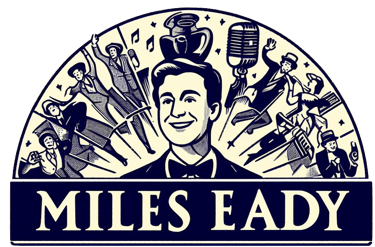Lorenz Hart Part Two: The Schoolmaster and the Poet: Rodgers & Hart
Rodgers & Hart's Partnership
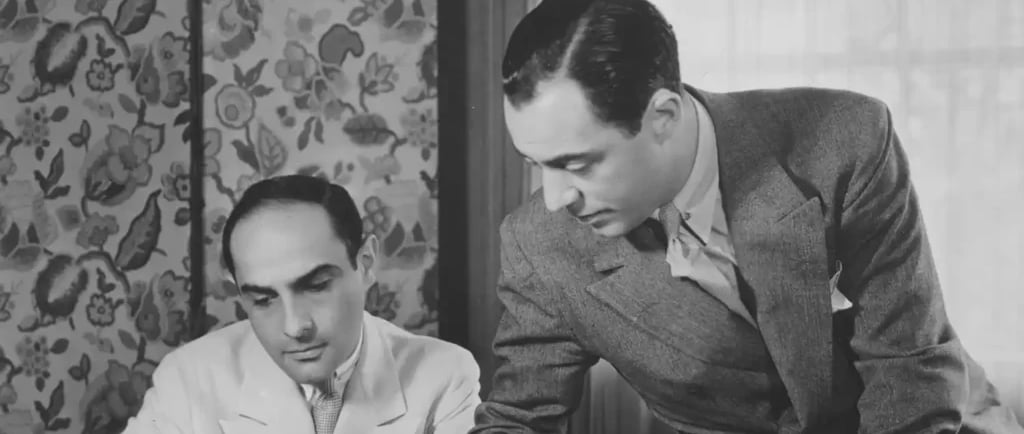

If you had stepped into Richard Rodgers’ apartment in the late 1920s, you might see sheet music stacked neatlly, piano tuned and keys gleaming, ashtrays empty. Rodgers approached songwriting like a job: methodical, precise. “I like to start at nine sharp,” he once remarked.
Upstairs — or perhaps not upstairs, but living it up somewhere in the bright lights of Manhattan — was Lorenz Hart. The lyricist behind The Lady Is a Tramp, My Funny Valentine, and Blue Moon floated through the city like a wisp of smoke, cigar in mouth, always animated, often disheveled, occasionally the worse for liquor, sometimes missing entirely.
The Schoolmaster’s Order, The Poet’s Chaos
Opposites in many ways: Rodgers, tall, disciplined, the son of a doctor; Hart, barely five feet, rumpled, impish. And yet, when these two collided, they created a songbook so perfect it seemed inevitable.
Rodgers approach to his art was disciplined. Early arrivals, late departures, everything filed meticulously. Hart drifted in when inspiration called. Rodgers scolded, cajoled, even bribed. And then, sometimes, after days of absence, Hart would appear, gray-faced and bleary-eyed, clutching a miracle lyric scribbled hotel stationery. Rodgers later called these moments “a divinely inspired marriage of Hart words to Rodgers music.”
Songs such as Manhattan, Thou Swell, and The Lady Is a Tramp were born of friction. Rodgers’ order pressing against Hart’s anarchy produced sparks — these musical fireworks giving depth to even their lesser known songs.
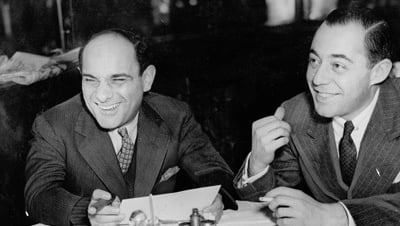

Discipline Meets Despair
Rodgers’ caretaking extended beyond the piano. Hart was so small and careless with clothing that Rodgers took to buying him children’s garments — “easier that way,” he explained. Tenderness threaded through the tension of their partnership, even as Hart’s personal fragility fed into his lyrical brilliance.
During the production of their last completely new show, By Jupiter, Hart was found in his apartment lying on his bed in a semistupor, after which he was rushed him to Doctors' Hospital for the drying-out. Rodgers used the situation to his advantage renting an adjacent room in the hospital to use as his office, since the hospital offered guest rooms for relatives and friends of patients. Rodgers then arranged to have a piano sent up to his rented hospital room. Rodgers kept Hart confined for a month until the score was completed and Hart's doctor permitted him to be discharged
Hart was both the life and death of any room. Friends called him “the biggest little personality on Broadway”: impish, charming, hilarious — yet quietly sinking under the weight of longing and habit. Songs like A Ship Without a Sail and My Funny Valentine weren’t just clever metaphors; they were autobiographical sighs.
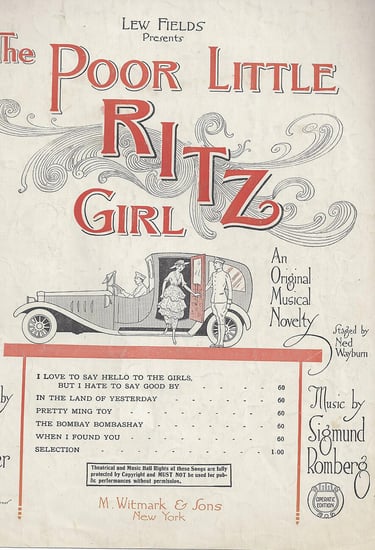



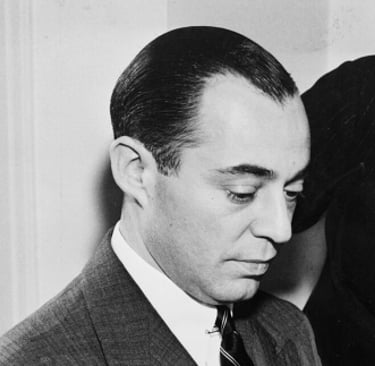




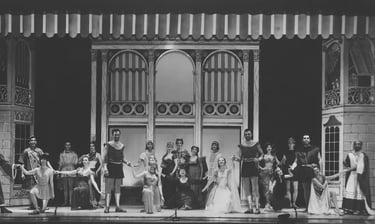
The Cost of Collaboration
Nearly twenty-five years of partnership were sustaining and destructive in equal measure. Rodgers was the General: managing deadlines, producers, budgets. Hart was the poet: nocturnal, unpredictable, brilliant.
As Hart’s drinking worsened, Rodgers’ patience thinned, yet the creative spark never fully died. In 1943, Hart composed one last, mordantly witty song for a revival of A Connecticut Yankee: To Keep My Love Alive. Wit and weariness, laughter and loss — all in one final flourish.
Discipline Without the Poet
Rodgers partnered with Oscar Hammerstein II for Oklahoma! in 1943, out of necessity rather than betrayal. Hart’s genius had become unmanageable. Hammerstein brought steadiness, sobriety and clarity — the structure Rodgers needed.
Epilogue: The Music Remains
Rodgers & Hart's music embodies the partnership itself: a dance between control and improvisation. The Lady Is a Tramp mocks convention while obeying perfect scansion. Blue Moon sounds like a prayer masquerading as a ballad. Disciplined, witty, yearning — the schoolmaster and the poet: Rodgers coulld survive without Hart, but Hart couldn't survive without Rodgers.

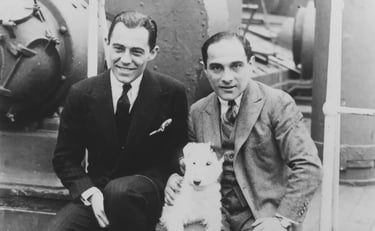
Watch: The Rodgers and Hart Songbook
Ella Fitzgerald – The Lady Is a Tramp (1968)
Hart’s witty lyrics are rendered Fitzgerald's crystal clear cool sophistication.

Chet Baker – My Funny Valentine (1959)
Hear Baker bring Hart's poetic melancholy .

Further Reading
Rodgers & Hart: The Collaboration that Changed Broadway
Musical Stages by Richard Rodgers
Rodgers’s autobiography offers a first-hand, unsentimental portrait of his volatile yet creatively electric partnership with Hart.
Buy it here.
The Sound of Their Music by Frederick Nolan
Nolan charts Rodgers and Hammerstien's collaboration, revealing how genius and guardianship of Hart affected their early collaborations.
Buy it here.
Make Believe: The Broadway Musical in the 1920s by Ethan Mordden
Mordden captures how Rodgers’s order and Hart’s chaos fused to define a new, sophisticated era of Broadway songwriting.
Buy it here.
Navigation Links
← Part 1: The Genius Who Couldn’t Believe in Happy Endings
→ Part 3: From Manhattan to Melancholy - Hart and the Sound of Modernity
